Even Cable TV Networks Need Cable Installed
Most of the human creations we see in the world around us are the results of people who work behind the scenes. The movies we watch are the final product of gigantic masses of people, most of whom never appear on the screen. The cars we drive are the end result of countless hours of design and production work by unseen workers throughout the supply chain. Even the food that we put on our tables doesn’t get there without many hands being involved along the way, including yours, as you saute the vegetables.
Celebrities, government leaders, and CEOs stand in the spotlight, but there would be nothing to see without the work of innumerable people in their organizations. Somewhere behind the stages and spotlights are where most of us spend our time. Daily we go to work where we problem-solve, overcome challenges, and sometimes luck into unique experiences. If we are fortunate, we get to a point where we can leave work behind and pursue our own interests, and enjoy the luxury of being able to reflect on the experiences of our lives.
John T. Howard has been retired for a few years now and is indulging in two passions, aside from family and friends. The first is Indy Car racing, which he follows religiously. He even bought a house 342 yards away from Gate 7 of the Indianapolis Motor Speedway so he could be nearby when anything loud and fast was happening. His second passion is his book, Baby Boom or Bust, which will be released in the first quarter of 2021 and is an irreverent chronicle of the Baby Boom generation starting in the 1950s.
Like many, John’s professional career has taken a number of turns. He says that he started with a “career in radio broadcasting that lasted about 15 years. I got to a top 100 market and became a program director, and started having a lot of success, but I kept getting fired for no apparent reason. Stupid little things like ownership changes or musical direction changes. After 15 years of that I decided, you know, if I get fired after I have my biggest successes then why should I continue to knock my head against the wall?
“So I got out of that career and sort of went off on a tangent in the same business and went into the technical area of broadcasting.” John also mentioned that he was, “working for a lot of different technology companies over the next almost 40 years until I retired.”
Those technology companies were providing infrastructure services to the fast-growing cable TV industry of the late 1980s and early ’90s. At this time, cable TV was emerging from its infancy and upending the traditional business model that television studios had worked with for years. Television producers were no longer confined to broadcasting over-the-air (OTA). The advent of cable TV had created a space for specialty channels to emerge that were not tied to the established broadcasters. Entities like ESPN (geared only to sports) and MTV (focused solely on the music industry) had the space to develop.
NBC is, perhaps, the most iconic of all of the traditional networks. The company started out small, with just a few radio stations, in the 1920s. As the network grew, and acquired more stations across the country, the central offices were eventually moved to 30 Rockefeller Place, a New York City landmark. From there the company would continue to grow, to the point where government regulators insisted on splitting the media empire into two, thus creating one of NBC’s arch-rivals: ABC.
In the late 1930s, NBC added television to their vast radio empire. TV shows began to replace radio shows. TV News, with its ability to allow the audience to see newsworthy people and events, eventually gained prominence over radio news. Sports broadcasting, too, would never be the same, particularly as the ability to show live events became easier and economical.
For television, OTA broadcasting reigned supreme until the late 1970s. The number of households with TV’s, and the antenna that went with it, steadily grew until nearly every household enjoyed at least one television set in their house. It was against this backdrop that the challenge to national broadcasting studios emerged, in the form of cable TV.
Transmission of a television signal over cable had its first practical use in the late 1940s. Primarily used where geography blocked OTA signals, this technology was only implemented on rare occasions. The commercial potential for cable TV programming, along with the freedom to create content independent from the traditional networks, was eventually recognized. Eventually, independent companies began to invest and customers began to take notice. In 1978 less than 1 in 10 households had cable TV in the United States. By 1988, that number had grown to over half of all U.S. households.
The traditional broadcasters such as NBC, ABC, and CBS had to respond. The large US studios realized that there were opportunities for them, and they began the paradigm shift from being single-channel national broadcasters to providers of content from multiple genres across regional and national networks.
Four Weeks at NBC
In order to grow, they needed to leverage new computing technology in a time before the internet was fast and prevalent. This would require the purchase and installation of new computer equipment and software on a large scale. It is at this point, for four weeks in 1989, that John would be behind the scenes as he worked to install the hardware and software that would make NBC’s attempt to create a rival to ESPN feasible.
John explains, “They were trying to launch Sports Channel America and they had these network operations set up in Rockefeller Center in New York on the same floor as CNBC. The company that I worked for, Jefferson Pilot, was an authorized reseller of IBM mini-mainframe equipment–the AS-400. They provided software solutions and consulting on how to use software [to] maximize business operations and that sort of thing. They also sold the hardware.”
These mainframes were similar to what we use today with server technology. The mainframe would be wired to various terminals and it would handle the numerous computing tasks. The technology was also cutting edge at the time and came long before the “IT Department” became a key business unit. John relates that this was a time when “most precursors to information technology departments were not called ‘IT Departments’; they were called ‘data services’ or ‘The Computer Department.’ There were all kinds of names that people had before the term IT became ubiquitous.
John continues, “So, basically, we were also the hardware experts. They [NBC] had very little to no experience with that platform; they didn’t want any part of it in their computer rooms. So the AS-400 that we were going to use at NBC ended up inside a closet on the floor that we are going to use it on, but they didn’t have wireless hookups or terminals or anything like that. They used Twinax cable that had to be strung–and there were a lot of users because it’s NBC!”
John says the first day started off well. “The first day of the project I configured the AS-400 and hooked up one terminal, right there next to the machine in this closet to make sure everything works.” That was the easy part, as it turned out.
“Rockefeller Center was constructed in the early part of the 20th century,” explains John. “So it was sort of an old-school kind of building. It was one of the first of its kind to use the iron frame technology, so they could go way up in the air, as opposed to just concrete and brick. I wanted to solicit the help of the technical services people in Rockefeller Center so that I wouldn’t have to cut into walls or do any of that stuff that I wasn’t prepared to do. In order to get terminals hooked up to the AS-400, that was going to be my first order of business.”
As Jefferson Pilot’s lead on-site, John recalls, “The project was supposed to last for four weeks, which was a really aggressive time table, and I thought we could do that.” Installation and wiring of the terminals was the first step before he could move on to other parts of the project, and needed to get done quickly. He continues, “So we had a meeting at the end of the first day. The director of engineering, who was a member of whatever union controlled that [building engineering], in New York said, ‘Well, you know you’re going to have to fill out this requisition form. And wiring in those terminals is going to take a minimum of three weeks. So I’m sorry to tell you that but that’s the way it’s going to be.’
“Well, that wasn’t going to be an option. There was pressure from the company because they wanted to realize the revenue, which they couldn’t do until [NBC] were live on the system.” John was almost dumbstruck that he had run into this big of an obstacle on the first day. He continues, “I was having trouble inside Rockefeller Center because they were pretty adamant about ‘you gotta go through the proper channels.’
“They said the reason this is going to take so long has to do with OSHA [Occupational Safety and Health Administration].” He was told, “We can’t have cables running across the floor. We can’t have cables between the desks. We can’t have them on the walls- that’s a violation. We can’t have that. That’s why it’s going to take so long.”
John decided to find the loophole because there almost always is a loophole. “After the meeting was over, It was time to go home and most everyone had left the office, but I stuck around. I gathered up a lot of different office supplies, including paper clips, binder clips, and all kinds of other little office supplies. “While everybody was gone, I decided to string the cable myself. They had a drop ceiling and in the drop ceiling, they had the little slats where the fiber board goes. And I basically paper-clipped and binder clipped the cable to it wherever I needed it to go above the ceiling. When I got to a desk where I had to go down and hook it up to one of the dumb terminals the rules didn’t say anything about cable suspended in the air from the ceiling.
“So I figured that was okay,” he chuckles.
“ I wired up the minimum amount of terminals that I needed, which I think was around 10 or 12, around the floor of the building. The only thing that looked unusual was these black cables that were hanging from the ceiling down to people’s desks. It wasn’t in anybody’s way and it wasn’t anything that anyone was ever going to run into. So I figured I was OK. All the terminals worked and we were going to be back on schedule which made my company very happy, which made me very happy.”
The next day, the building engineering department at Rockefeller Center was not impressed. John laughs as he recalls his second day on the project being taken up with meetings. “Engineering basically had a cow. ‘What is this? This can’t happen, blah blah blah blah!’ That day was basically a waste because I was in one meeting after another.
“I showed him all the relevant OSHA regulations because I studied that before I went to work. I knew this was going to happen. I looked over all the technical information I could find that was relevant to NBC and I looked up all the relevant OSHA data and couldn’t find anything that prohibited temporary hanging from ceiling tiles or suspended in the air from the ceiling.
“ My argument was, ‘Look, we have four weeks to do the project. Three weeks is going to set the project way back. It’s not going to do you any good, not going to do us any good. I’ll fill out the requisition forms. Take your time, you can permanently install the cables at your convenience, but until that happens we’re going to run the cables through the ceiling and hang it, because we need to get the thing done.
“I won that battle. And that was my first experience with really big broadcasting entities breathing down my back.”
The Right Place at the Right Time
From there, work fell into a normal pattern, and the project was completed on time. Along the way, two other instances stand out that could only happen by working within a major broadcasting network’s offices.
John says, “It was actually really cool. The floor that we were on used to have the Department of Standards and Practices of NBC. They were like the censors. I give the 1950s for example: if you had a couple and they were going into their bedroom at night there had to be two beds. God forbid they be in the same bed. They had long since departed that space, but the floor was filled with monitors that hung, ironically, from the ceiling, that showed any activity in any studio at NBC.
“One day I was sitting there doing some training with a couple of people and I happened to notice [on a monitor] what looked like Saturday Night Live. The lady said, ‘Yeah, it’s Wednesday so it’s rehearsal day for Saturday Night Live. At 1 o’clock this week the Eurythmics are going to be down there. They’re the musical guest this week and they are going to be warming up. We should go down there and check it out.’
“Ok! Let’s do that!
“So we went down to the Saturday Night Live studio and basically got a private concert from the Eurythmics. It was outstanding. That was the cool part about being there. The host that week was Chris Evert, the tennis player, and we rode back up the elevator with her. I mean, stuff like that just happened all the time.”
Outside of the studio walls during these four weeks, the world was on the brink of political upheaval. The Cold War was rapidly coming to a close, with the Soviet Union slowly losing its iron grip on the Warsaw Pact countries that made up its buffer zone in eastern Europe. There had been indications that something big was about to happen between East and West Germany. The country had been divided after World War II, and the wall that separated East Berlin from West Berlin was the most poignant reminder of the divided country. People trying to escape into West Berlin had to navigate a minefield, razor wire, and the risk of being shot by armed soldiers who patrolled the east side.
NBC had decided that it was time to send their Nightly News anchor, Tom Brokaw, to West Berlin. NBC had gotten wind that there might soon be major announcements from East Germany that would reshape the political structure of the world. Because of this, the Network thought they should have their top anchor on-site should any earth-shaking events occur. For most, life continued on as normal until the fateful day the Warsaw Pact crumbled, on live TV for the whole world to see. John vividly recalls the day that the wall finally came down.
“Well, one of the other meetings I had to have was with the Director of Engineering.” Coordinating hardware, software and staff was a challenge, John says. “He was really busy, and I could never meet with him formally, but I kept bugging him. We were up against the wall in terms of time, and I had to get stuff done. I finally called him and got him and he was very brusque. He says ‘Just come on down to the Nightly News studio, nobody’s here this week. I’m working in here because I have another project going on. How long is it going to take?’ “Probably 45 minutes,” John replied.
“C’mon down, right now!,” demanded the Director.
“OK! Be right there,” said John. “ So I go into the NBC Nightly News studio. Tom Brokaw is not there; he’s in Berlin. We’re in there having our little meeting–he’s got, like, a drafting table way in the back. All of a sudden, these red lights start going off, and he looks up and he goes, ‘Oh shit!’
We’re in the studio, so he goes, ‘We gotta get out of here!’ As soon as he said that, Garrick Utley, who was another anchor on NBC, runs into the room and sits down behind the [news] desk, and all the lights go on. This director gets on the mic, he says, ‘Ok, we’re hot in 5..4…” And we’re like, ‘Oh my God, They’re going live!’ Sam whispers to me, ‘You gotta be very quiet.’
“I was like, ‘Ok, no shit!’
“So, we are standing in the NBC Nightly News studio as the whole country gets informed that the Berlin Wall is coming down. Garrick Utley is giving that news away and then, you know, they are shootin’ off to Brokaw, by satellite, who is in Germany. I’m sitting there in the NBC News studio watching the Berlin Wall start to come down – which I thought was cool as heck!”
The Berlin Wall fell, along with Communism, because of the will of scores of unseen people. NBC, the broadcasting behemoth, the birthplace of celebrities, trusted news source, and creator of hit shows, only succeeds because of the people we don’t see. John’s story serves as a reminder that cool things happen to normal people. Even though we don’t see them, the people in the background are just as creative and energetic as those who get the spotlight. John gives us the sort of story we can all relate to the time we took on “The Man” and won, or at least dreamed of doing it.
It is easy to lose sight of the fact that for most of us the amazing things, the out of the ordinary things, come sandwiched between the ordinary tasks and events of our daily lives. We all relish the times when we are doing what’s required of us, and then an opportunity to see or do something unique and memorable comes along. It happens to all of us, and it’s why we all have cool stories to share.
Interview Conducted November 27, 2020 / John’s photo courtesy of John T. Howard
Feature image Photo by Michèle Eckert on Unsplash / Radio Play and Berlin Wall photos are in the Public Domain
Eurythmics Photo by Elmar J. Lordemann under CC BY-SA 2.0 de

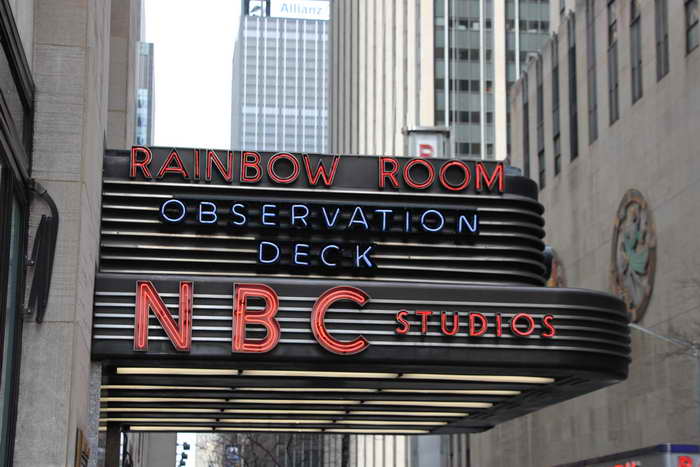

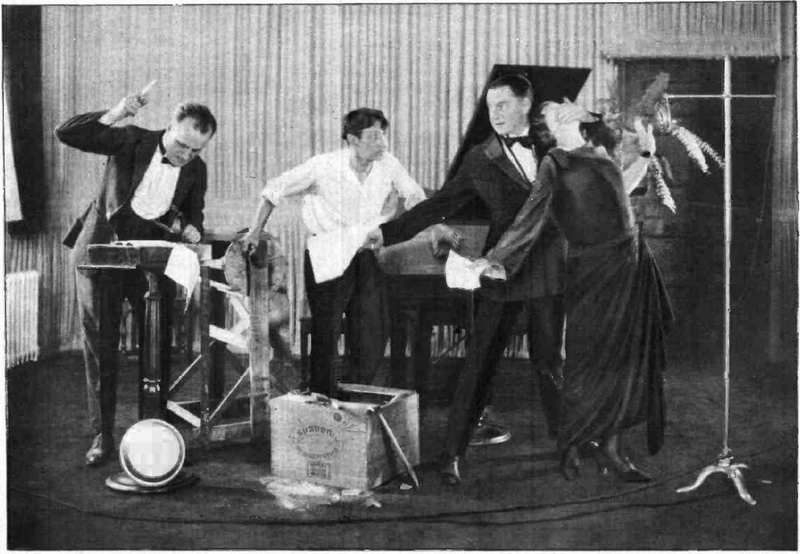
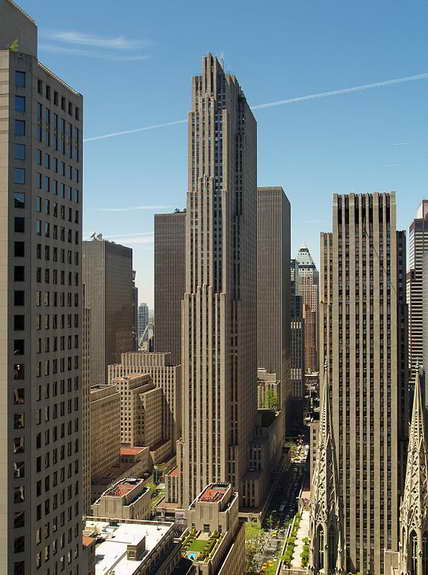
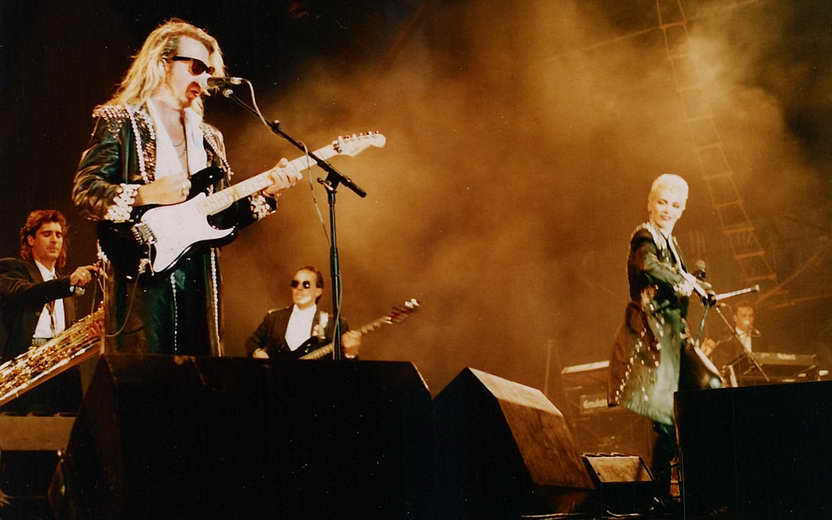
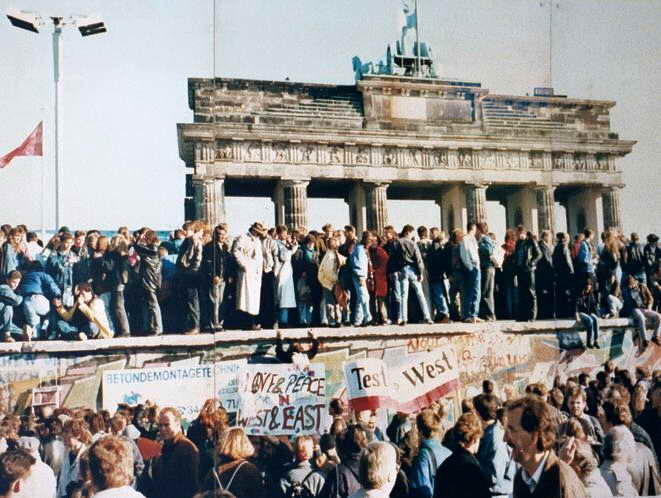



0 Comments